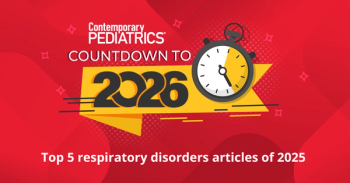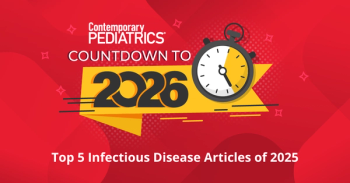
AHRQ: increased prevalence of untreated cavities in low-income children
Data released by the Agency for Healthcare Research and Quality (AHRQ) revealed that about 31% of children ages 2 to 5 who are from low-income families have untreated cavities, compared to about 6% of children from high-income families.
Data released by the Agency for Healthcare Research and Quality (AHRQ) revealed that about 31% of children ages 2 to 5 who are from low-income families have untreated cavities, compared to about 6% of children from high-income families.
The AHRQ findings also showed that in both low-income and high-income communities, untreated cavities were more common in children ages 6 to 11 compared to children ages 12 to 17. However, the incidence of untreated cavities among low-income children in the 6-to-11 and 12-to-17 age groups (37% and 27%, respectively) was higher than the incidence of untreated cavities among high-income children in the 6-to-11 and 12-to-17 age groups (12% and 7%, respectively).
In a separate study about children and cavities published in the April Community Dentistry & Oral Epidemiology, children ages 6 to 18 who were overweight and at risk for overweight had a lower risk of cavities than children with normal weight, despite similar factors associated with causing both weight gain and cavities.
No difference in cavities risk was found among children ages 2 to 5 in all weight ranges, however.
Newsletter
Access practical, evidence-based guidance to support better care for our youngest patients. Join our email list for the latest clinical updates.




